My current task is to generate a 3D image space where there are 3D objects (of iso-surfaces) that I designed and export it as an image stack (numpy or tiff).
I came down to using Mayavi to generate 3D iso-surfaces. I know Mayavi is originally designed to provide 3D visualizations on its own, but I would like to find a way that I can export a 3D object to a 3D image stack as in a numpy form of (z,y,x). My initial idea was to iteratively take snapshots of the sliced volume from the Mayavi mlab object along z-axis but I am not sure if there's any option to save a sliced image of an iso-surface as a snapshot.
The best case scenario would be to export a 3D image stack (tiff) exactly from what I see from a Mayavi window. Otherwise, I will take any suggestions to carry out this task in general.
Here's an example code.
import numpy as np
from mayavi import mlab
# Produce some nice data.
n_mer, n_long = 6, 11
pi = np.pi
dphi = pi/1000.0
phi = np.arange(0.0, 2*pi + 0.5*dphi, dphi, 'd')
mu = phi*n_mer
x = np.cos(mu)*(1+np.cos(n_long*mu/n_mer)*0.5)
y = np.sin(mu)*(1+np.cos(n_long*mu/n_mer)*0.5)
z = np.sin(n_long*mu/n_mer)*0.5
# Init plot
source = mlab.points3d(x, y, z)

